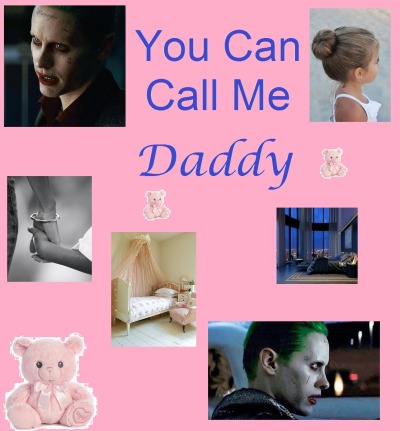

The almost-eight-minute ballad opens with an electric guitar riff and whistling winds as the former Miracles member sings of love “blowin’ through life” like a quiet storm. Robinson’s track was the perfect pairing for the new format. Williams defines WHUR’s new format as “several hours of ballads and mid-tempo romantic songs that nurtured intimacy and love in all aspects,” programmed with hits from across decades. The first Quiet Storm broadcast aired on a Saturday night in May 1976, borrowing its name from Smokey Robinson’s 1975 album title track, “Quiet Storm.” Hughes would go on to build on the success of the Quiet Storm to found Radio One (now Urban One), a broadcasting company aimed at African Americans.

So, I structured a format called the Quiet Storm.” “Single, unattached young people who still wanted to feel good about a Friday night or a Saturday night, even if they were by themselves. In a 2016 interview for NPR’s “How I Built This” podcast, single mother turned radio tycoon, Cathy Hughes, described the format’s target audience. “People came home from work and they either put their records on, or they listened to the radio,” Williams said, but there was no specific program or format to accompany working-class D.C. “He just had the right voice and temperament for evening ,” the format most-needed for D.C. It was just love at first sight,” Williams said of WHUR intern Melvin Lindsey.

Just three years before the first Quiet Storm broadcast aired, she took a job as a radio host at D.C’s 96.3 WHUR station, owned and operated by the historically black college Howard University. For Williams, this is a crucial detail to note of the Quiet Storm’s origins.

“Back in the day, in the ’70s, black folks lived in the District,” said Dyana Williams, who is a former radio host and co-founder of the International Association of African American Music Foundation. Though the Toronto rapper included a nod to a Buffalo, New York station’s version of the format, the Quiet Storm and consequential genre has its roots in 1970s Washington, D.C. In a seductive tone, Wood lists musical acts Hall & Oates, Troop, Jill Scott, Luther Vandross and Chaka Khan - all characteristic of a Quiet Storm broadcast marked by smooth and romantic R&B. It’s the voice of disc jockey Al Wood from Buffalo, New York’s 93.7 WBLK station, during a late-night broadcast of the Quiet Storm. The end of Drake’s 2018 album cut “After Dark” doesn’t feature just any radio aircheck.


 0 kommentar(er)
0 kommentar(er)
